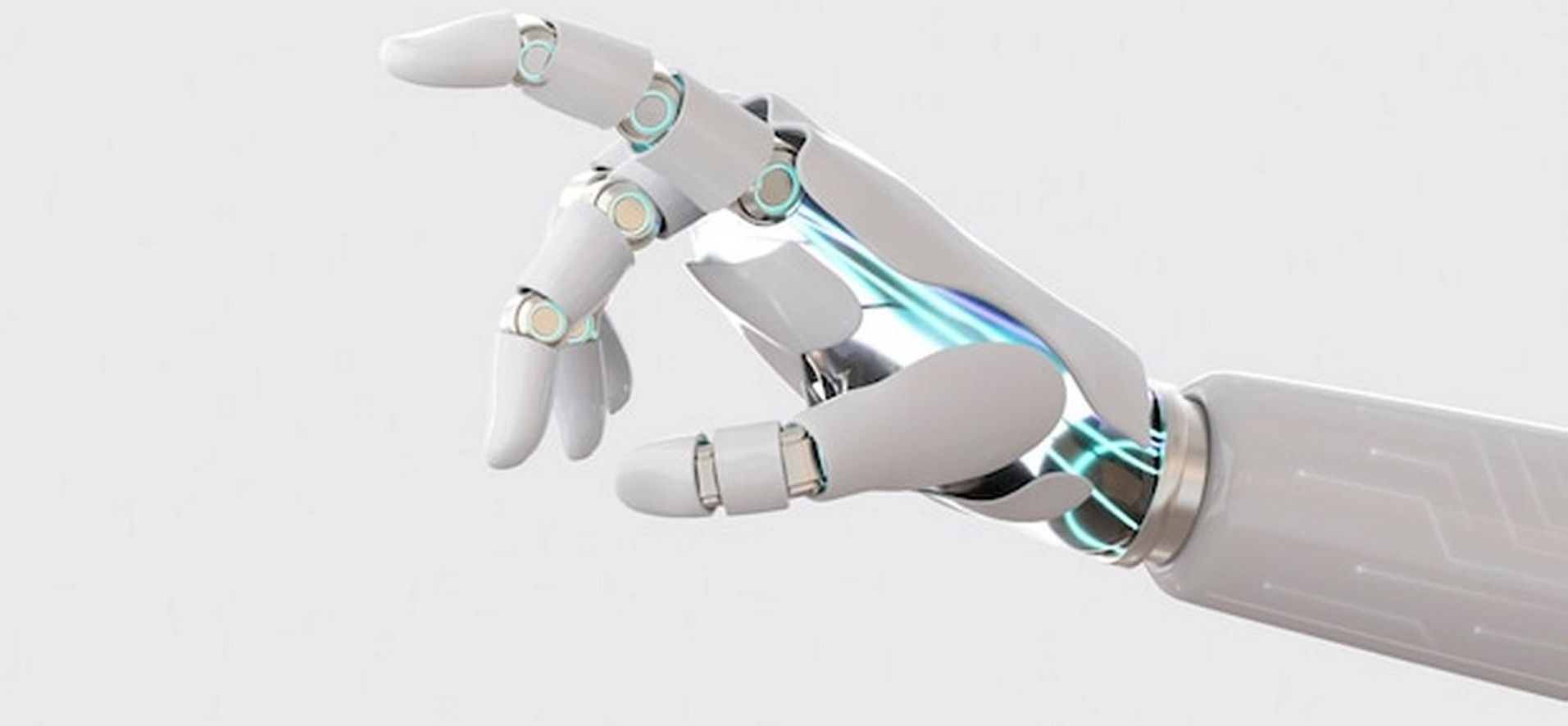Despite stiff competition from Java, Python, and PHP, Microsoft’s .NET framework remains one of the most popular and beloved among software developers and technology professionals, especially when it comes to comparing monolith vs microservices architectures.
Further, developers can recycle or apply codes across multiple environments. In the process, building a platform from scratch becomes economical, practical, and fast.
And in 2023, you can supercharge this great framework with these tips:
Embrace cloud computing
The cost of running a platform, whether a simple game or something as complex as a social networking site, remains high, making it difficult for startups to penetrate different markets and break even quickly.
Fortunately, you’ve got options. One of these is cloud computing, which allows you to run and maintain apps at a lower cost without compromising performance.
Microsoft’s .NET Framework allows software developers to leverage the power of cloud computing to create apps quickly and efficiently. For example, those written in .NET can access cloud-based services, such as Azure, without any code changes. This makes the development process more streamlined and less time-consuming.
Additionally, developers can use features that bring added security and scalability to applications through the use of Microsoft’s Application Platform Interface (API) and virtualization.
Overall, utilizing .NET for cloud computing helps reduce business costs and complexity by shifting some of the overhead associated with running dedicated servers onto the cloud infrastructure.

Deep dive into Artificial Intelligence (AI)
With the rise of artificial intelligence tools, such as ChatGPT, it becomes even clearer that now is the best time to maximize .Net to play the game.
With this framework, you can build AI-driven apps that interact with users directly and autonomously. This makes it easier to develop intelligent applications that can perform tasks like speech recognition, image analysis, natural language processing, predictive analytics, and more.
You can also use .NET to create machine learning models that make decisions based on user data or past experiences. This helps automate processes within apps and ensures applications can always stay up-to-date with the trends.
Embrace the Internet of Things (IoT)
In 2023, the number of Internet of things (IoT) devices could increase by almost 15 billion. By 2025, it could rise to nearly 30 billion.
While it is still less likely that you will deal with a saturated market, now is a good time to position yourself as a leader in the IoT space. You can do that with the .NET framework.
The .NET framework is ideal for creating IoT applications due to its comprehensive nature and ease of use:
- It allows developers to configure an application using a wide range of features, while also providing libraries specifically designed to make working with IoT systems and devices more convenient. This includes functions such as device drivers and software stacks that provide standard ways to communicate with different types of devices.
- The .NET platform adapts well to the changing landscape of technology and smart devices. Developers can easily tweak their applications to carry out new tasks or respond to changes in protocols employed by networks or machines.
Ultimately, .NET provides a powerful, reliable development environment that supports fast innovation in this new frontier of IoT applications.
Utilize mixed reality
Mixed reality (MR) is the combination of augmented reality (AR) and virtual reality (VR), and it’s gaining traction in various industries.
This technology opens up a world of possibilities for developers: they can create immersive experiences that integrate physical and digital elements. With .NET, developing these kinds of applications is easy and straightforward.
The .NET framework provides developers with a comprehensive suite of tools that support the development of MR apps. It contains libraries and APIs that provide functions specifically tailored to developing immersive experiences, such as 3D rendering, gesture recognition, and head tracking.
These features make it easier for developers to create interactive, engaging experiences that combine the physical and digital worlds.
.NET’s support for mixed reality helps developers take advantage of this quickly evolving technology to create applications with a wide range of potential use cases, from educational apps to games and AR/VR marketing campaigns.
Conclusion
The .NET Framework is an incredibly powerful and reliable platform that enables developers to take advantage of the latest technologies like cloud computing, AI, IoT, and mixed reality.
By leveraging its incredible abilities, developers can create applications that are robust, secure, and capable of meeting the ever-growing needs of users in 2023.





